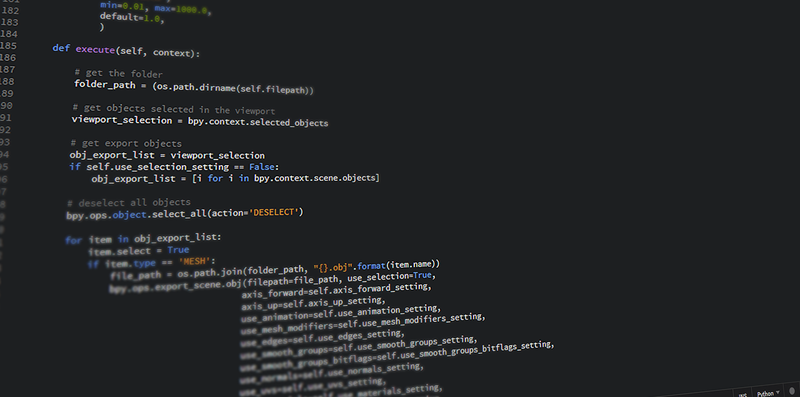Airbyte’s PyAirbyte is a breakthrough Python library with more than 250 connectors, dramatically enhancing data integration. This development responds to the critical need for robust data manipulation tools amidst the growing necessity of data in strategic enterprise decision-making. PyAirbyte simplifies complex data flows, equipping organizations to utilize their data more efficiently, which is increasingly important as data volumes expand.
Integrated with the Airbyte API and Terraform Provider, PyAirbyte supports the programmatic management of resources. This synergy allows for improved automation and orchestration of data workflows—key for seamless data pipelines. As businesses gather and analyze more data for insights, PyAirbyte’s user-friendly design and strong feature set become essential. This new library stands as an innovative solution, meeting the high demands for data management and signaling a leap forward in data strategy sophistication.
Airbyte’s Innovative Data Management Solutions
Airbyte is reshaping data integration with a diverse suite of products: Airbyte Open Source, Self-Managed, Cloud, and Powered by Airbyte. Each offering is designed to fulfill different user needs, whether in-house or in the cloud. The company has strong open-source foundations, evidenced by an active community of over 800 contributors who continuously improve data movement technology.
The creation of PyAirbyte is more than an addition to their toolkit; it’s a strategic move to streamline data access and handling across multiple platforms. Airbyte is championing the simplification of data engineering, enabling organizations to more readily harness data insights for better decisions. As the data ecosystem grows in complexity, Airbyte’s products, underscored by robust community involvement, are crucial in driving the future of data integration. The emphasis on ease of access, improved management, and a community-fueled approach sets Airbyte apart as an innovator in the sector.

